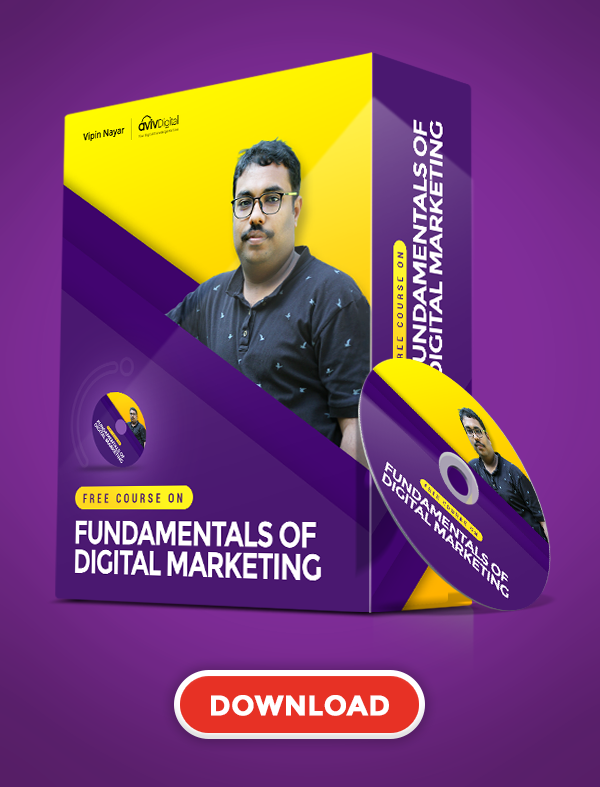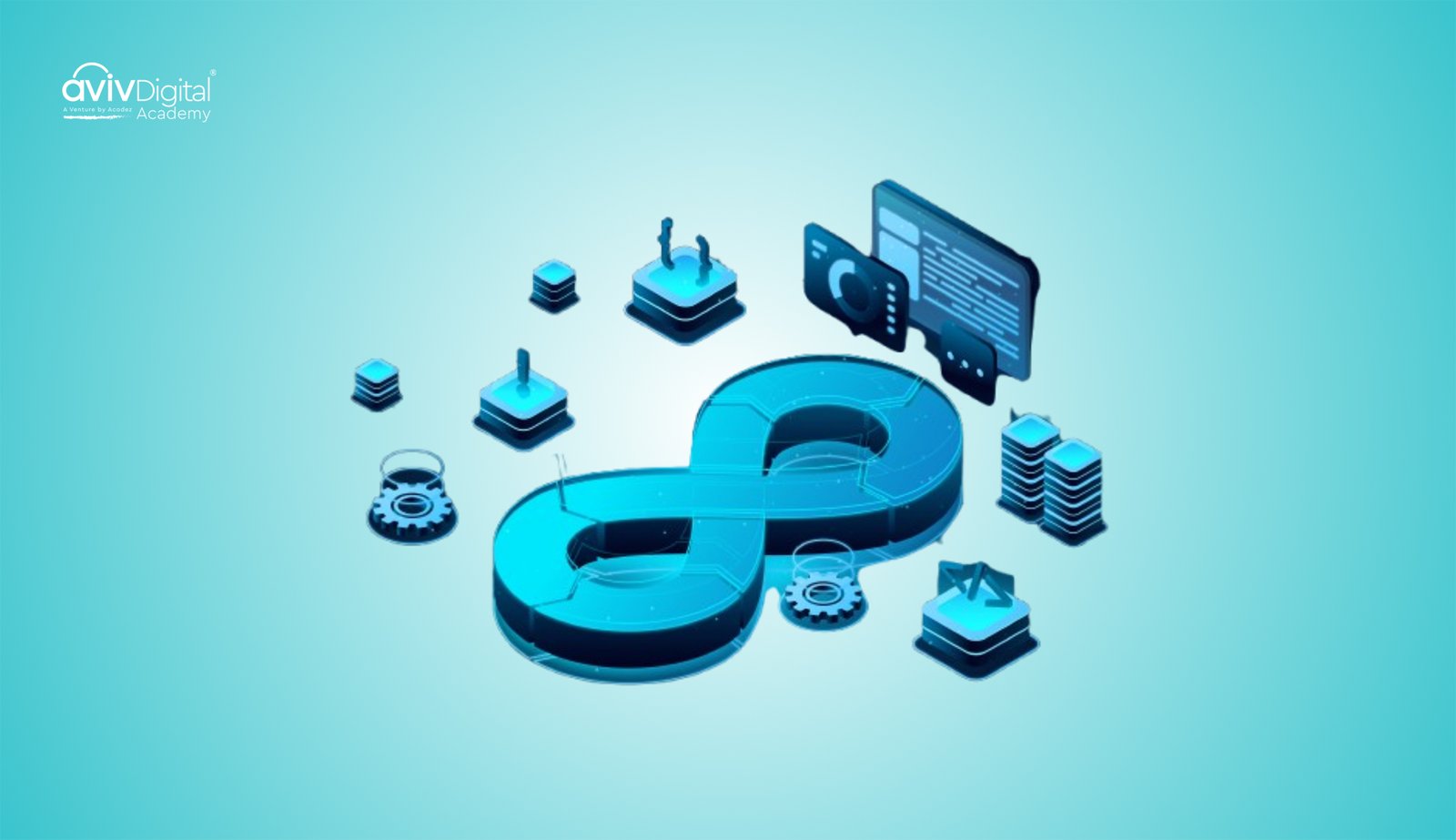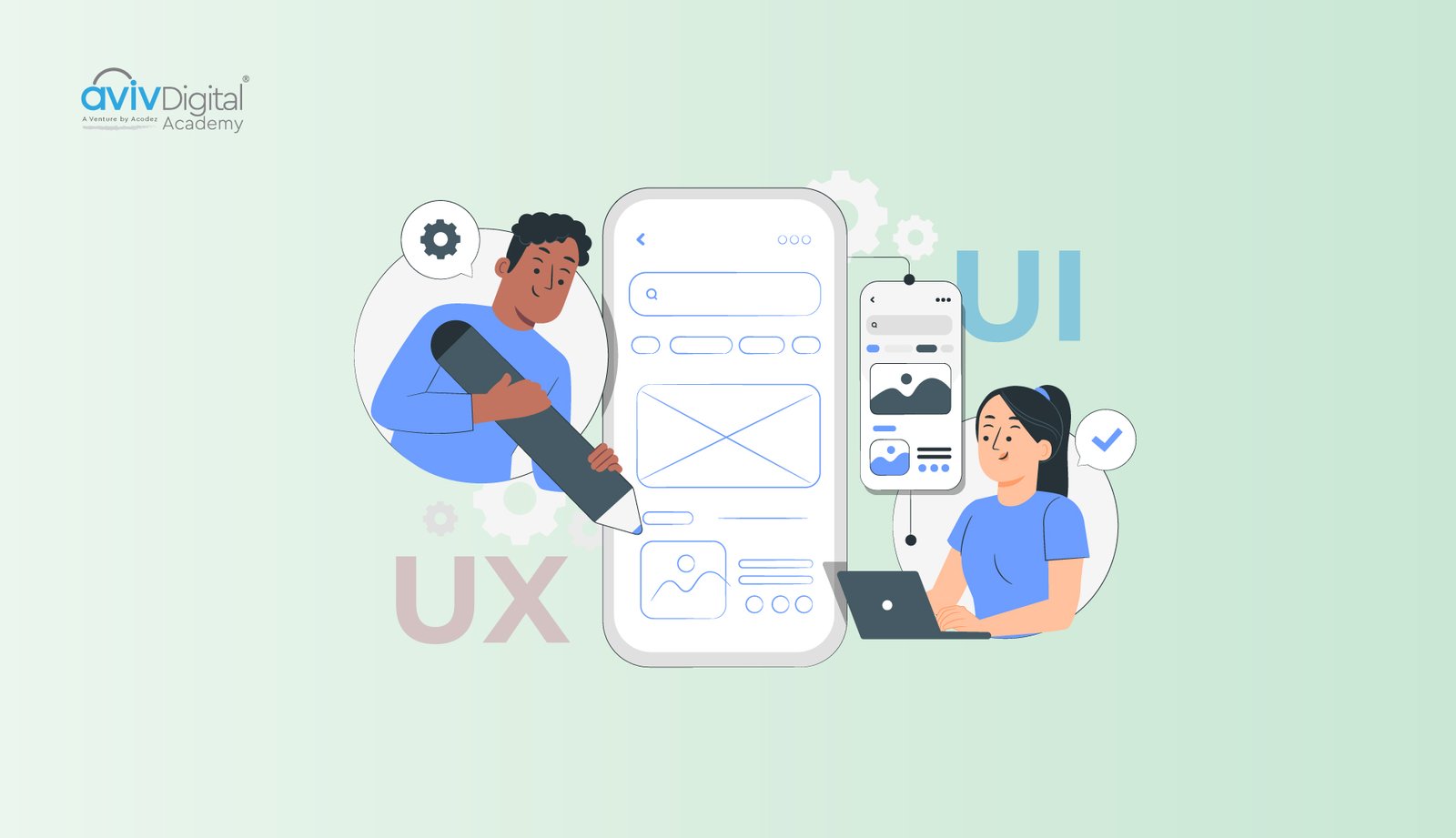
The world has shifted its perspective from making a design that the users adapt to making a design according to the users. The world of UI/UX design has changed as it’s being established among the design world, especially graphic design. The core principles and values are the same, but unique in their ways. User-centred design principle is a significant principle and a demanding practice to build products based on people’s behaviour. Let’s explore the user-centred design principle, or UCD principle, to know more about implementing and making the best out of it.
What is User-Centered Design?
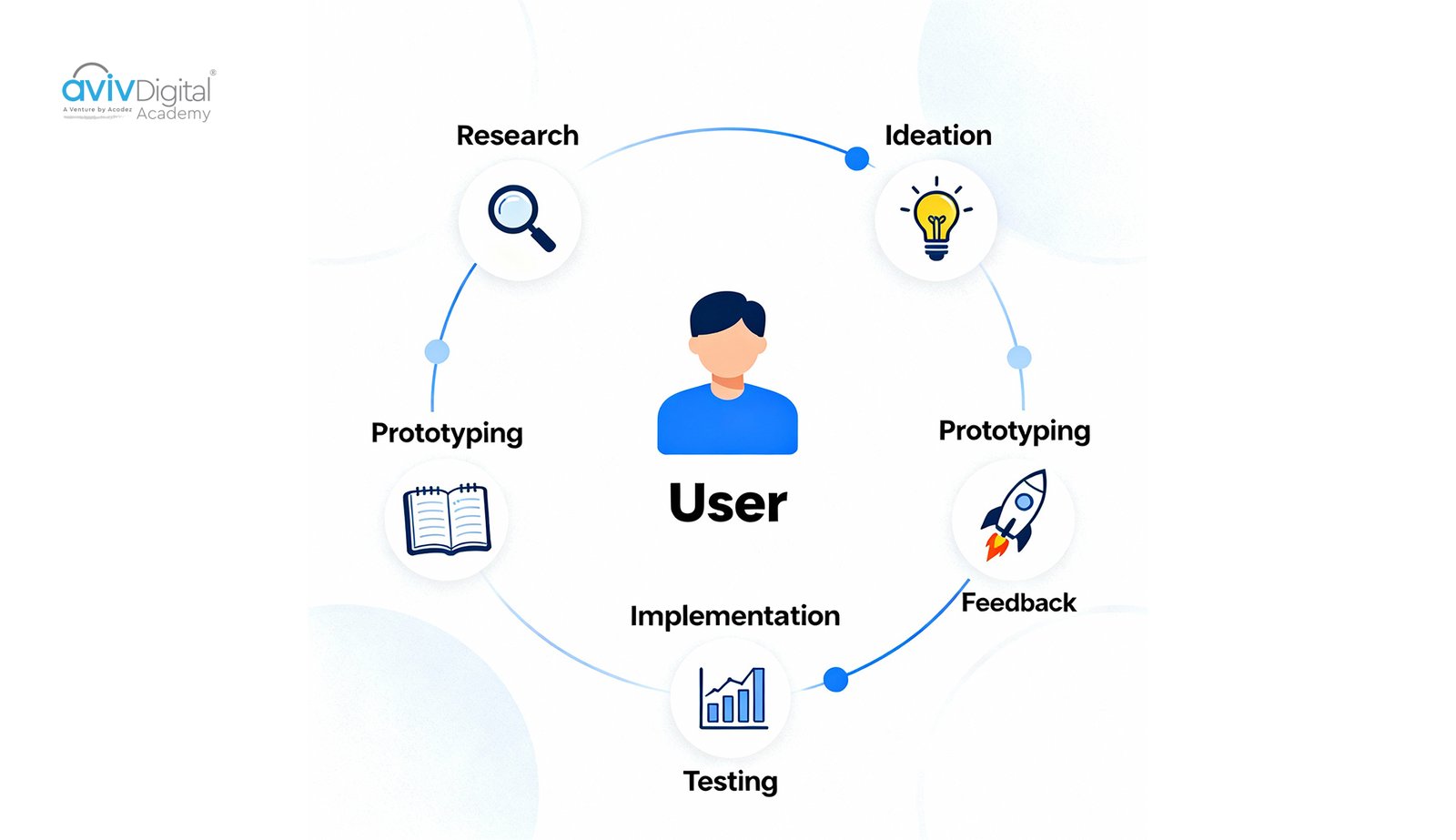
Further queries regarding user centered design can be revealed only after skimming through what is user-centred design. In an easy context, user centered design focuses on and prioritises users’ needs or their behaviours, and other factors, then designing solutions that fit. UCD is research and data-oriented as well as measurable. Global UX services market valued at $2.59 billion in 2022, projected to reach $32.95 billion by 2030 with a compound annual growth rate (CAGR) of 37.8%.
Why UCD is Necessary
User priority is a significant reason if you wonder why UCD is necessary. 70% of online businesses that fail do so because of bad usability, and 68% of users give up on a brand if they think it doesn’t care about them. 88% of online consumers are less likely to return to a site after a bad user experience. Among many, the listed reasons are most known for describing why user centered design is necessary. Opting for a top UI/UX design Course in Calicut assists you to crack these tactics and be an enhanced or professional designer
- Eliminates Risks: Since user centered design is a principle strictly focusing on user convenience and backed by research, it avoids guesswork. You dont have to design based on assumptions which fail
- Saves cost: User centered design principle tends to fix or tackle problems prior to launching and not after saving huge cost and expenditure
- Boosts user acquisition: As obvious real-world problem-solving products get used by users and establish a loyal user-base. The products get recommendations for fixes and innovations, and are recommended to other users, increasing the userbase by word of mouth.
- Hikes retention: Interactive and functioning high-quality products make the user stay longer despite a lower attention span. This increases the user retention
In the end, the goal of user centered design is to align with user goals, and it works when the designer’s objective and user convenience match.
Core Principles of User Centered Design
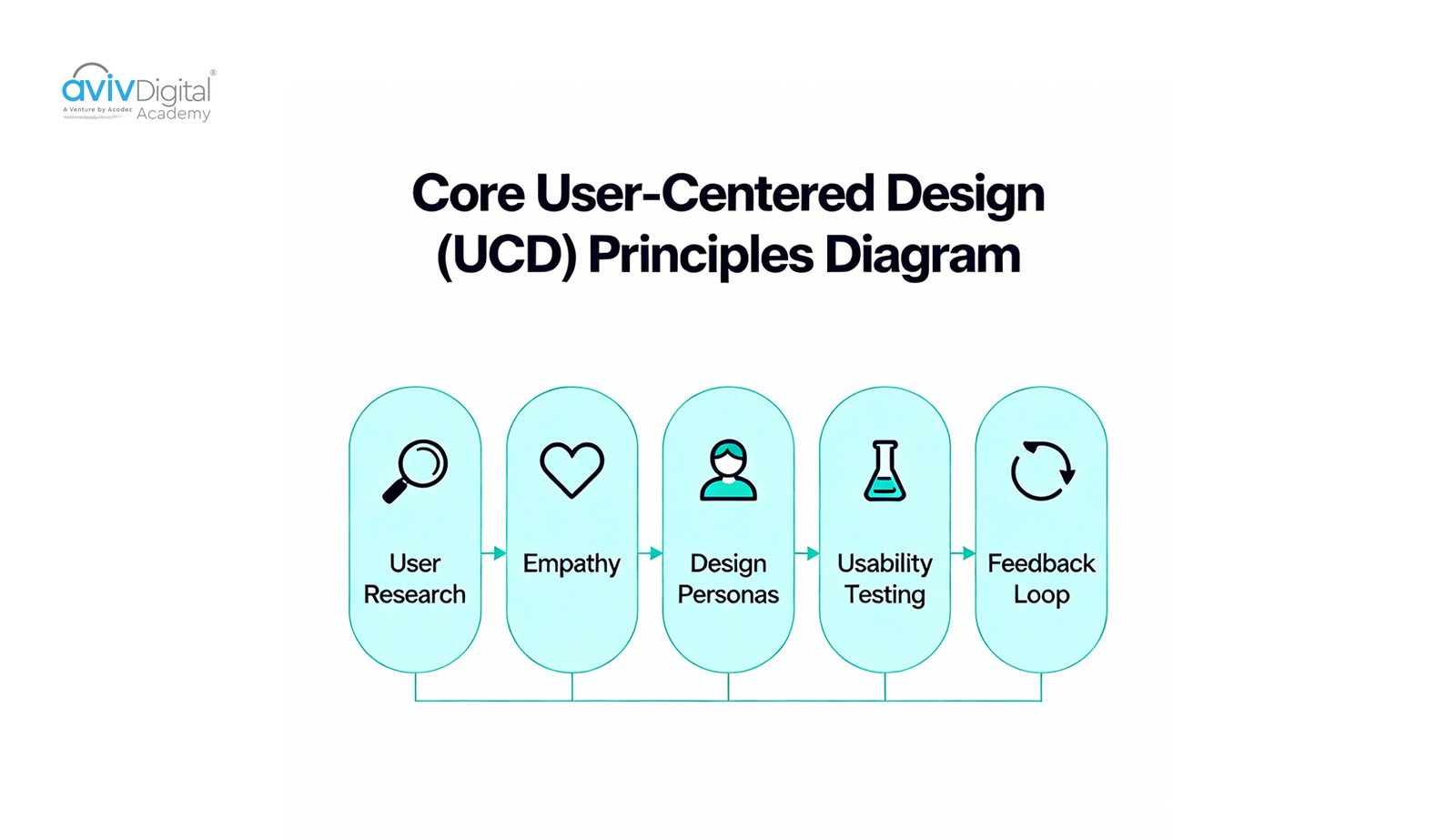
To craft an ideal user experience, there are a few core elements of effective user centered design principles. Proper execution of these is key to a successful experience for the users. Primary elements of UCD include:
- User research: 32% of customers leave a brand they loved after just one bad experience. Researching about the target audience is crucial to understand the users’ concerns. Not knowing and crafting a design based on assumptions is a one-way ticket to a broken user experience. For user research, conduct interviews, surveys ideally online and make piquant but comprehensive observations. Additionally, you can learn workflows or pain points to solve.
- Design Empathetically: While designing, approach in an empathetic way, while not compromising on quality. Relate and design mapping feelings and motivations, and make the actions feel less like a task.
- Craft Personas and scenarios: Work on lightweight models to keep designs intact
- Design architectures: Construct architectures with proper design filled with information, making users necessary action takers fast and easy.
- Usability and Accessibility: By making users do tasks, grab insights by measuring success using KPI’s and improve
- Performance and Feedback: Give quick responses and feedback, and clear system messages for the ease of the user.
- Measure: Measure key metrics and analytics. Take a note of metrics like task completion, user drop-off rate, time on tasks and satisfaction
When to Implement UCD
Knowing why user-centred design is necessary or its benefits and effectiveness isn’t enough. Having a realisation of when to implement is crucial to make the principle relevant. Scenarios on when or where to implement user-centred design are as follows:
- You can always follow or practice user centered design principle. But it’s best to implement as soon as possible
- Critical phases: While discovering a new product, an MVP design, or a major change in feature, along with onboarding flows and conversion or user retention is weak, it’s time to follow new practices, which are ideally user centered design principles.
- UCD principles can also be utilised when working across products to maintain a proper design and workflow. While working across devices like web, mobile, enterprise apps, physical interfaces, kiosks and other services.
Who Can Use UCD?
Any professional or stakeholder involved in creating user experiences can leverage user centered design:
- Product managers defining roadmaps
- UX and UI designers crafting interfaces
- Developers building functionality
- Content strategists shaping messages
- Marketers’ positioning and promoting offerings
- Executives aligning business objectives with user value
How to Implement UCD?
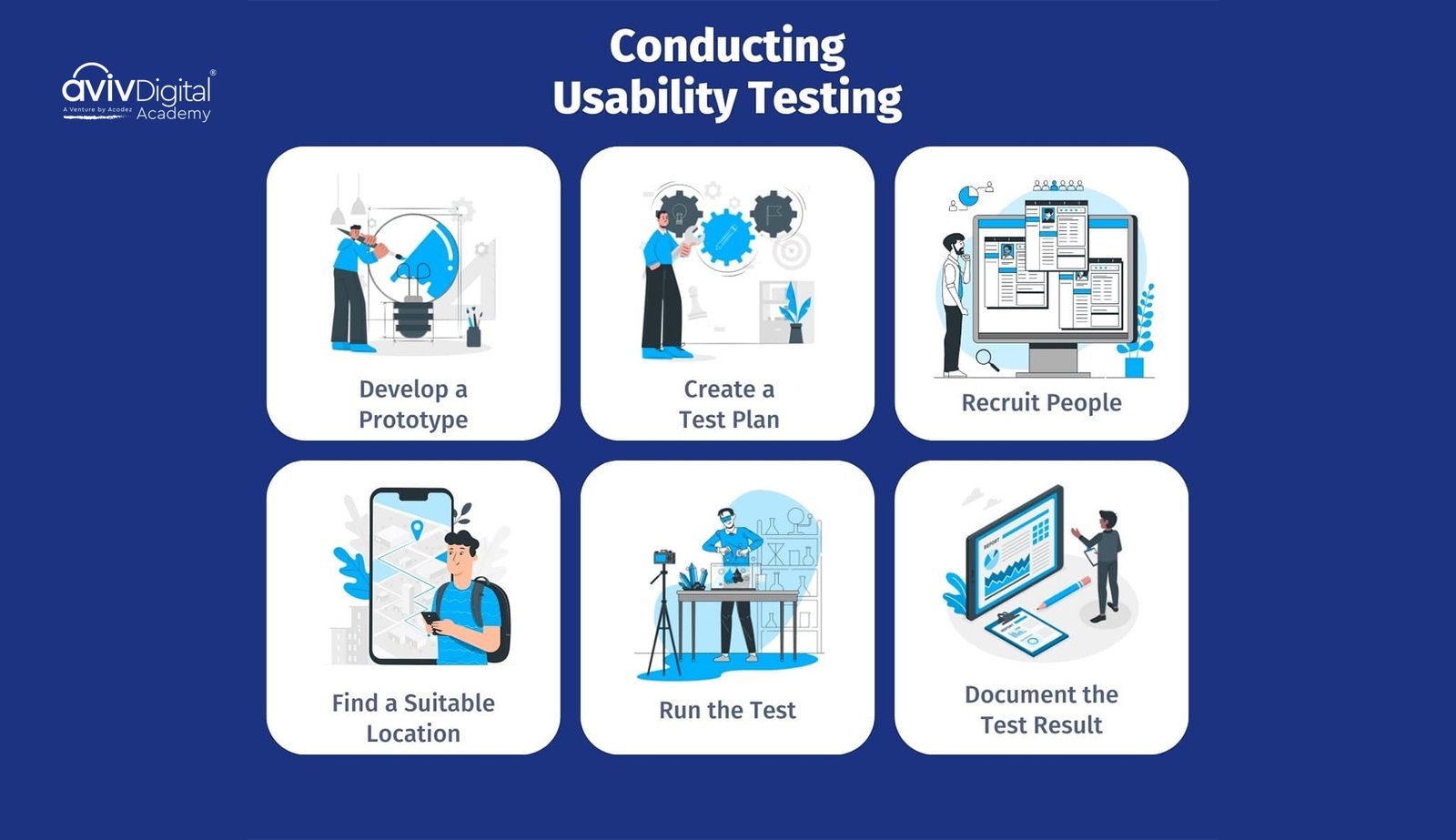
- Kickoff & goals: Define business and user goals. Keep both visible.
- Research: Run quick interviews or shadow users. Gather qualitative and quantitative data.
- Synthesize: Create personas, journey maps, and a short problem statement.
- Ideate: Sketch flows and solutions focused on the primary user task.
- Prototype: Start simple paper or digital low-fi prototypes.
- Test: Run 5-8 usability tests. Watch, listen, and note where people stumble.
- Refine: Fix high-impact issues, then retest.
- Build & monitor: Ship, then use analytics and feedback to continue iterating.
- Repeat this cycle often. Small, frequent iterations beat one big, risky launch.
Tips to Prepare
- Start small: one flow, one user group. Prove value fast.
- Use guerrilla testing: quick in-person or remote sessions give fast insights.
- Keep research artefacts simple: one-page persona, one journey map.
- Prioritize fixes: address the problems that block the most users first.
- Share results visually: clips, quotes, and quick videos carry more weight than dense reports.
- Pitfalls to avoid
- Designing for “average” users: averages hide extremes; test real people.
- Skipping testing: assuming your intuition replaces observation.
- Over-engineering: more features ≠ better UX. Trim ruthlessly.
- Ignoring context: mobile use in sunlight or noisy environments changes behaviour.
- Treating UCD as a phase, not a habit: it must be continuous.
How to measure success
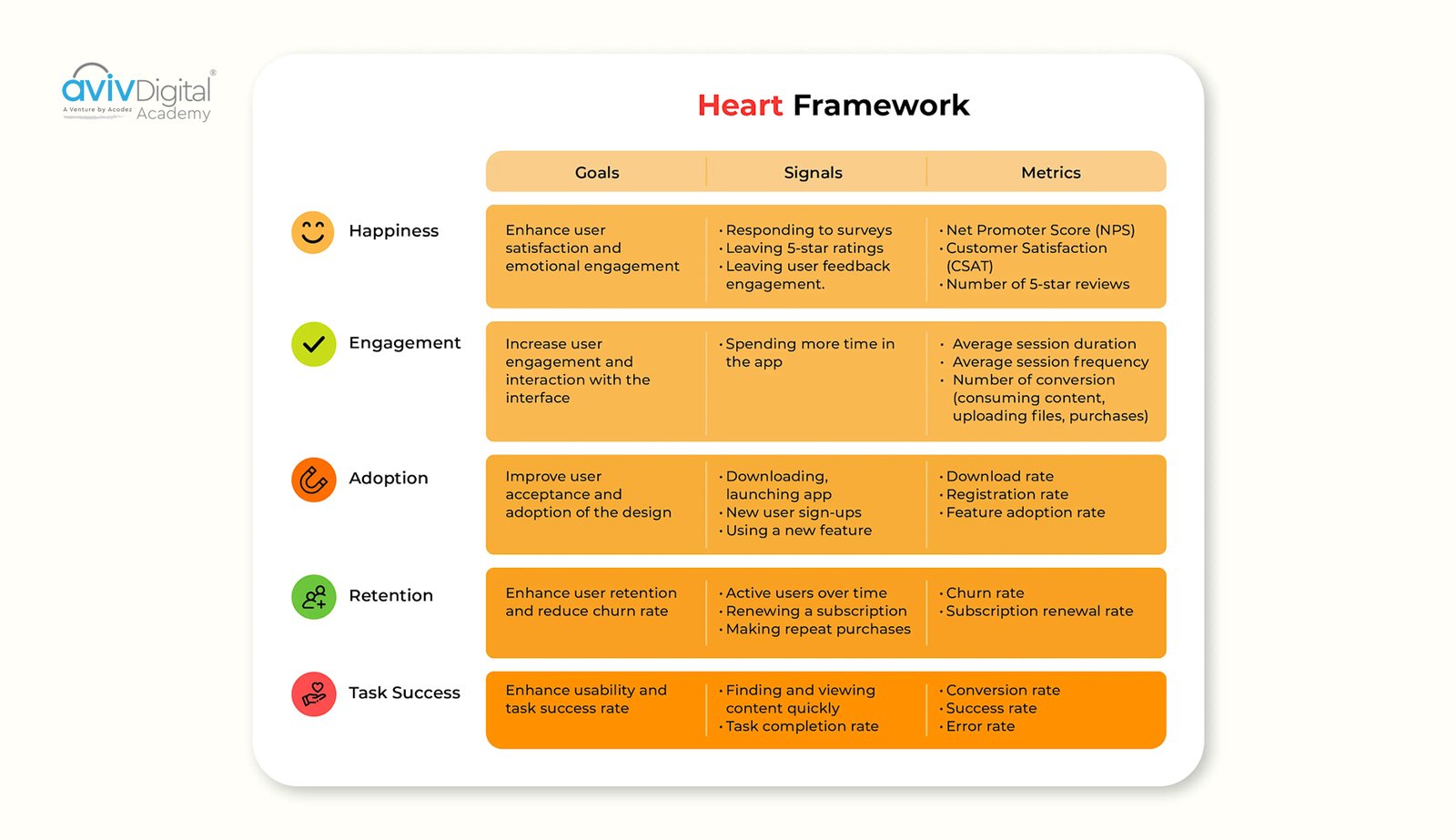
- Track a mix of qualitative and quantitative signals:
- Task completion rate
- Time on task
- Error rate/recovery time
- Net Promoter Score or SUS (System Usability Scale)
- Drop-off points in funnels
- Use these to spot where to iterate next.
UCD Common Mistakes and How to Avoid Them
User-Centered Design implementation often faces several pitfalls that can undermine even well-intentioned projects. 43% of organizations lack processes to make UX and design decisions based on user feedback, highlighting a critical gap in execution.
Designing for “Average” Users represents one of the most common mistakes. Averages mask the diversity of real user needs and behaviors. Instead of designing for hypothetical average users, focus on understanding extreme use cases and edge scenarios that reveal deeper insights about user requirements.
Skipping Validation Steps is another frequent error. 55% of organizations report that they lack the “time” to establish a user-centric culture, leading teams to rush past crucial testing phases. This short-sighted approach often results in expensive redesigns and lost user trust.
Over-Engineering Solutions occurs when teams add features without validating user demand. Remember that more features don’t automatically translate to better user experience. Prioritize ruthlessly based on user research rather than stakeholder assumptions.
To avoid these mistakes, establish clear documentation processes, create regular feedback loops with real users, and maintain focus on solving genuine user problems rather than perceived ones.
alsoRead
Conclusion
In summary, the User Centred Design principle is just one among many strategies or tactics followed by expert designers. In order to enhance yourself as an experienced professional, be open to learn strategies like these and experimenting with new ones to discover the best tactics in UI/UX designing. Hitting the conclusion of the article, you might be knowledgeable about what user centered design is, why it is necessary and when or where to implement it to test your knowledge in action.
Aviv Digital Academy is one of the leading UI UX Design Course in Calicut. We offer a comprehensive curriculum designed to equip you with the skills and knowledge necessary to thrive in the design industry. Our programs provide a comprehensive Guide to become a UI/UX Designer. For more details, contact us at: +91 8156998844
FAQ
1. Why is UCD important?
Because products that ignore users fail. UCD reduces confusion, increases adoption, saves money on fixes after launch, and builds customer loyalty
2. Who should use UCD?
User centered design is not exclusive to designers but also to professionals such as Product managers, developers, marketers, content writers, and any IT executives should all adopt the UCD mindset. Everyone influences user experience.
3. Do I need a big budget to apply UCD?
Not at all. UCD can scale. Even quick user interviews, low-fidelity sketches, or five-person usability tests provide massive insights without big spending
4. How is UCD different from traditional design?
Traditional design often starts with business goals or aesthetics first. UCD, on the other hand, begins with user needs and ensures that business goals align with them.
5. Is UCD only for digital products?
Not to be precise. It applies to websites, apps, software, physical devices, services, and even offline experiences. Any product or service that involves people can benefit from UCD.




